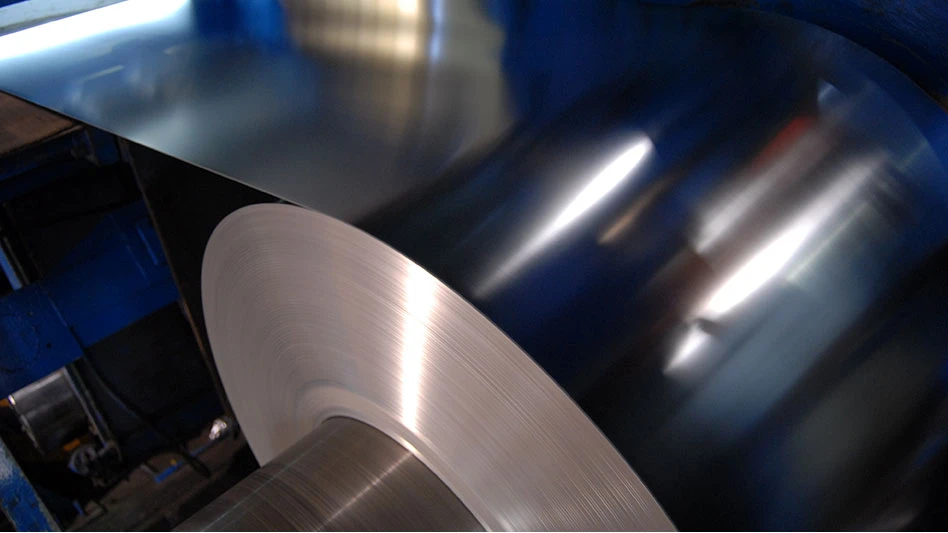Erie, Pa.-based Eriez has announced that its new CleanStream process combine the power of Eriez’ P-Rex drum and its new Shred1 Separator. The P-Rex Drum is designed to improve ferrous recovery by 1 to 2 percent, while the Shred1 Separator is designed to produce a low-copper No. 1 shred, a premium deliverable to the steel industry.
 According to Eriez, in the CleanStream process, material first passes through Eriez’ permanent rare earth drum magnet, known as the P-Rex, to recover ferrous metal. Eriez says its P-Rex’s permanent magnetic circuit is up to 40 percent stronger than an electro drum, requires no “operating” power and is capable of moving large spherical objects at twice the distance.
According to Eriez, in the CleanStream process, material first passes through Eriez’ permanent rare earth drum magnet, known as the P-Rex, to recover ferrous metal. Eriez says its P-Rex’s permanent magnetic circuit is up to 40 percent stronger than an electro drum, requires no “operating” power and is capable of moving large spherical objects at twice the distance.Next, material advances to the Shred1 Separator, which uses “ballistics” to automatically separate high-grade, iron-rich ferrous metals from mixed metals and waste. The unit uses a high-speed conveyor belt, subjecting the material to forces that push different materials into different trajectories. The smallest and purest items, according to Eriez, are pulled from the natural trajectory of the larger and less pure ferrous and ferrous composite items, such as meatballs, tires, etc. These purer ferrous items advance to the No. 1 shred chute and on to the stacking conveyor.
Material that is not collected into the No. 1 shred chute goes to one of two other collection chutes. The second fraction is made up of larger ferrous items and lower-grade ferrous material, including meatballs and wiring harnesses as well as some waste. This stream represents the remaining 10 to 30 percent of the original stream and proceeds to the hand-picking stations. Since the CleanStream Process has reduced the volume, these stations can be equipped with slower and narrower belts and require fewer picking personnel, Eriez says.
The third stream represents the non-value wastes. According to Eriez, the bulk of this material is shredded steel-belted rubber tires.
Tim Shuttleworth, Eriez’ president and CEO, says, “We saw that there was a defined need for an innovation such as the CleanStream Process in the recycling industry.”
“The alternative approach is to use an x-ray scanning system. Not only are these systems incredibly expensive to buy or lease and operate, they are not as efficient as the CleanStream Process,” Shuttleworth continues. “Unlike the revolutionary CleanStream Process, these expensive and delicate technologies still require heavy hand sorting. We believe these scanning systems can be eliminated.”
Shuttleworth says the CleanStream Process reduces the number of hand sorters required and enables shredders to consistently deliver low-copper content shred. “Finally, you must factor in the value of meatballs, other copper and nonferrous items recovered as discrete saleable commodities,” he says of the ROI on the CleanStream. “Meatballs are worth several times more by weight than shredder steel and automated equipment recovers more of the material than manual sorters can.”
More information on the CleanStream Process is available at www.eriez.com.
Latest from Recycling Today
- AISI, Aluminum Association cite USMCA triangular trading concerns
- Nucor names new president
- DOE rare earths funding is open to recyclers
- Design for Recycling Resolution introduced
- PetStar PET recycling plant expands
- Iron Bull addresses scrap handling needs with custom hoppers
- REgroup, CP Group to build advanced MRF in Nova Scotia
- Oregon county expands options for hard-to-recycling items





